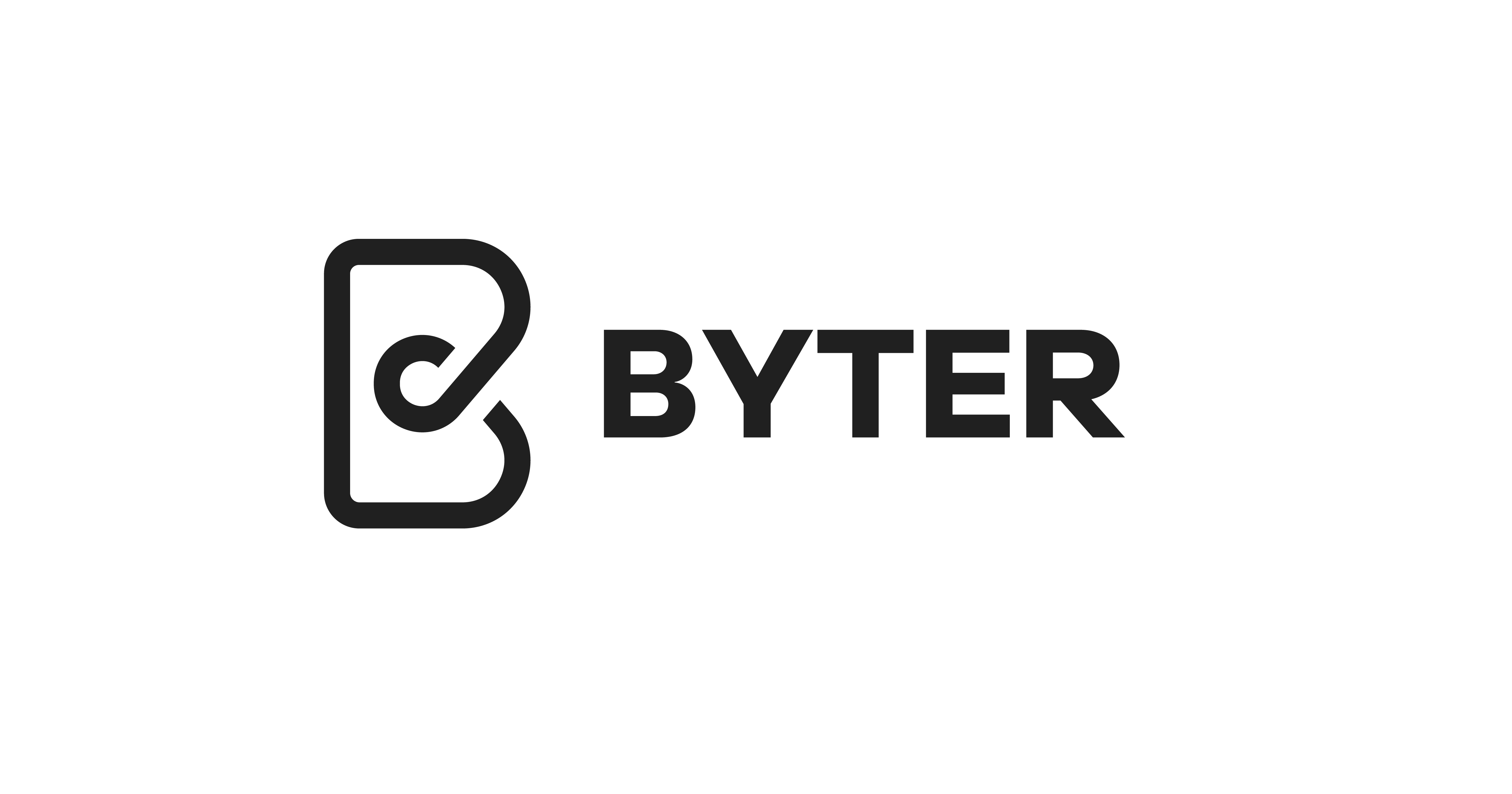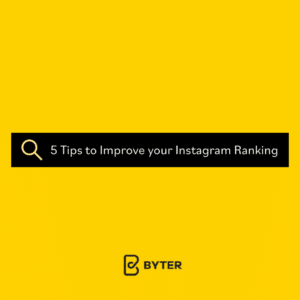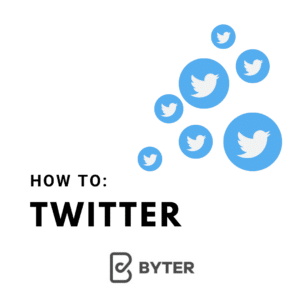How to handle negative comments.
 Now of course we all know that as a brand your entire existence depends on how positive customers view you. Your brand’s literal job is to make people want to buy from you. So a negative comment on a public forum can be very not good.
Now of course we all know that as a brand your entire existence depends on how positive customers view you. Your brand’s literal job is to make people want to buy from you. So a negative comment on a public forum can be very not good.
A whole lot of negative comments are even worse.
Dealing with negative comments and feedback on social media is something a lot of brands misunderstand.
Most Companies traditionally do not hear from happy customers very often or even hear from customers generally. So, if companies suddenly start getting a lot of people complaining, seemingly about the same issue (in a very public setting), companies will think it must be a very serious issue. This can often be not the case. For example, if you exist on Twitter or god forbid Tumblr. (why would you do that to yourself) for any amount of time you become aware, that is part of the platform’s culture to dogpile and spam attack for the smallest and stupidest of reasons.
Dealing with negative comments brings up the interesting dichotomy that now exists due to modern internet culture. This dichotomy is: to apologize or not to apologize.
The internet is full of tearful videos and statements from creators and brands apologizing for something or other. These apologies are for all things from awkward miss management of PR, to broken products, to the latest huge harassment scandal from say .. Blizzard Entertainment. In fact, apologizing is a whole industry, one apology video can spawn 500 analysis videos and keep the news cycle busy for a good few weeks.
The most common sentiment among internet users these days is that apology videos mean nothing. They are just some fun sideshow to watch as the person apologizing goes down in flames.
This is due to the repeated and provable insincerity of the apologies. I.e James Charles. Cough.
So, when your brand gets negative comments how do you handle it?
I suggest the following.
The first thing you have to do is be able to tell the difference between an actually unhappy client and someone just being annoying. The internet is a wide and amazing thing and is full of all of humanity. There are accounts dedicated to tweeting at the president of America photos of feet. There are accounts that will make haikus out of your comments if they fit a certain format.
So the reason why being able to tell apart legitimate complaints, and one dude with five email accounts and a grudge, is important as each circumstance has a completely different handling style, and have completely different outcomes for your brand
So the normal, standard, in theory, polite way of handling legitimate complaints and small negative comments are as follows:
- Don’t ignore the negative comments, reply as soon as you see them/ are able to
- Be polite, self-explanatory
- Personalize your message, respond to the actual individual issue, do not send out a general corporate message
- Explain yourself, you want your explanation in writing
- Learn from your mistakes, don’t do it again?
- Don’t make false promises, you will get caught ou and this will show you are insincere
- Take it out of the spotlight, maybe thank them in the comments, and then request they move to DMs as opposed to doing the whole thing in the comments?
- Generate positive comments <- be careful of the timing this last one there has been some embarrassing results when done wrong
If the customer has a legitimate complaint then deal with it like a decent human being. All of the steps above are just that.
BUT
The Second more interesting issue is dealing with negative comments that are not legitimate. These can be from anything from special interest harassment campaigns to just one person with seven bots. These can be from people who have misread one tweet and are now convinced that your small cupcake company is stealing pet cats. Or they can just be very bored people who want attention and free stuff. Or, worse, a combination of all three.
In these situations, apologies will not help you, in fact, they are often viewed as signs of weakness or admission of guilt and in the long run, will make your situation so much worse.
Often if you are being dogpiled for something that you are quite sure isn’t something bad, the only real option is to batten down your hatches, and ride out the storm. These will classically only be very bad for maybe a week until something else pops up and the mob moves on.
If you attempt to apologize to that kind of mob, your apology will never be enough for the angry responders. This is because they have already made up their mind about you, nothing you can say will change this. Your apology is an admission of guilt. So the best you can do is double down and stick to your guns until the other party gets bored. That way the followers who do believe you are not in the wrong will feel vindicated that you didn’t bow down and will keep following you.
If you apologize you lose the support of your side and do NOT gain the support of the other side. So you are stuck between a roc kand a hard place
Lastly, you must remember that good old Marketing saying: all publicity is good publicity.
If you want more slightly humorous takes on branding in the modern climate of social media, check out our other blogs https://byter.com/2021/06/17/6-humorous-tips-for-personal-branding/
Hopefully, you never end up on the receiving end of an internet mob. We believe in you!
Have fun!









